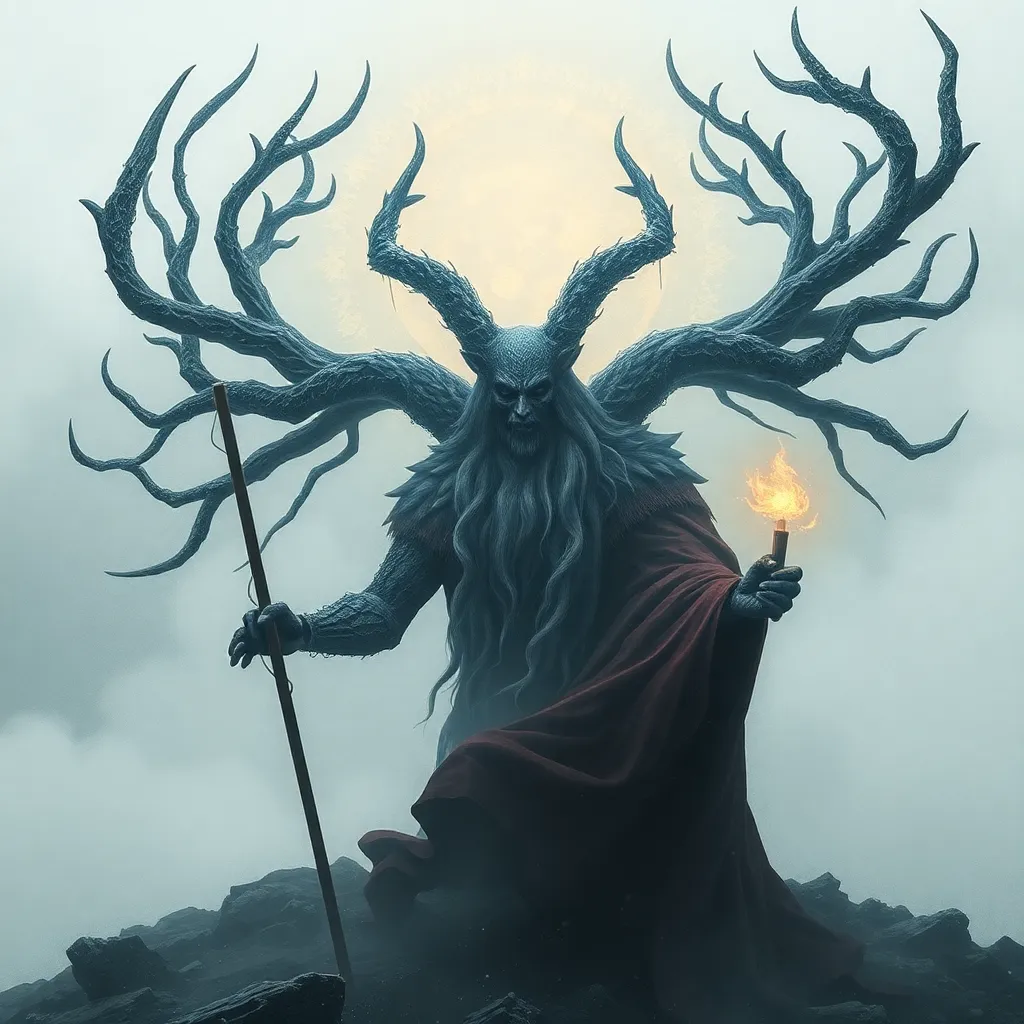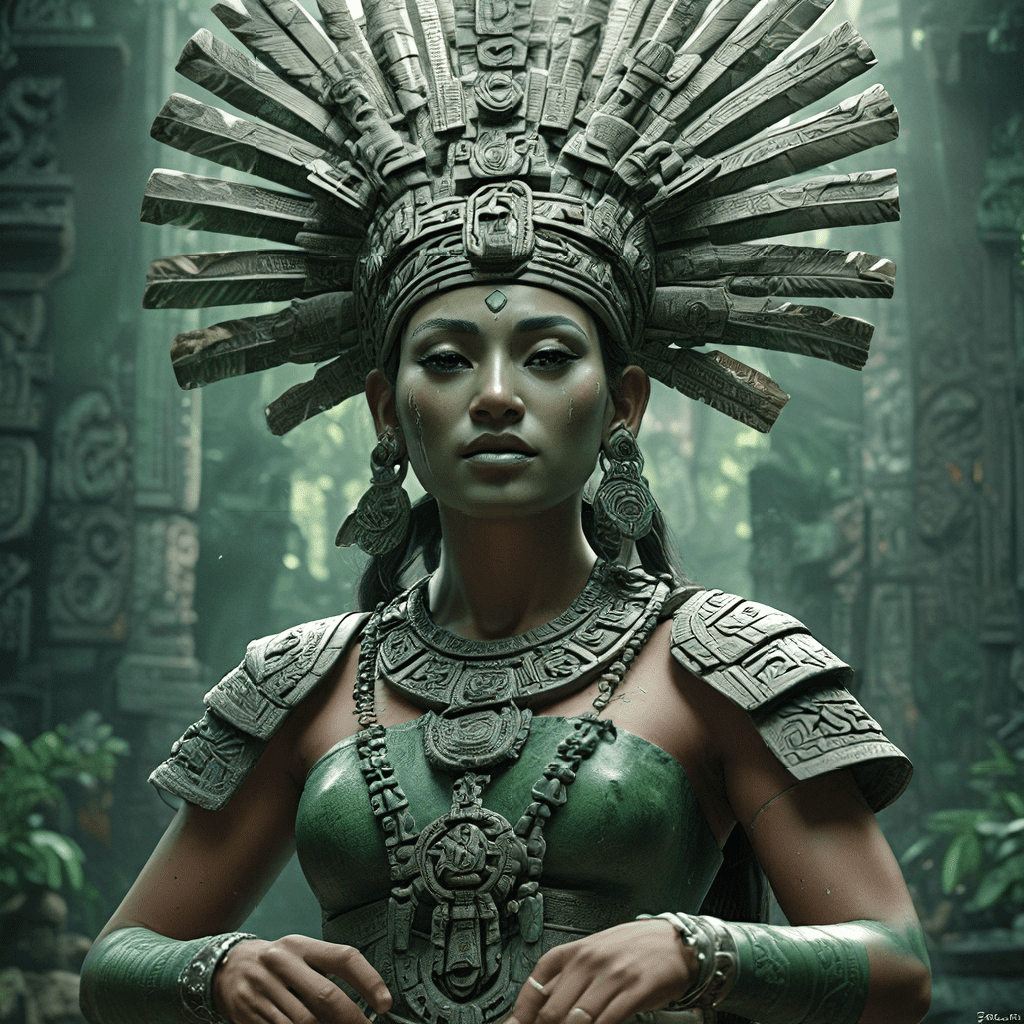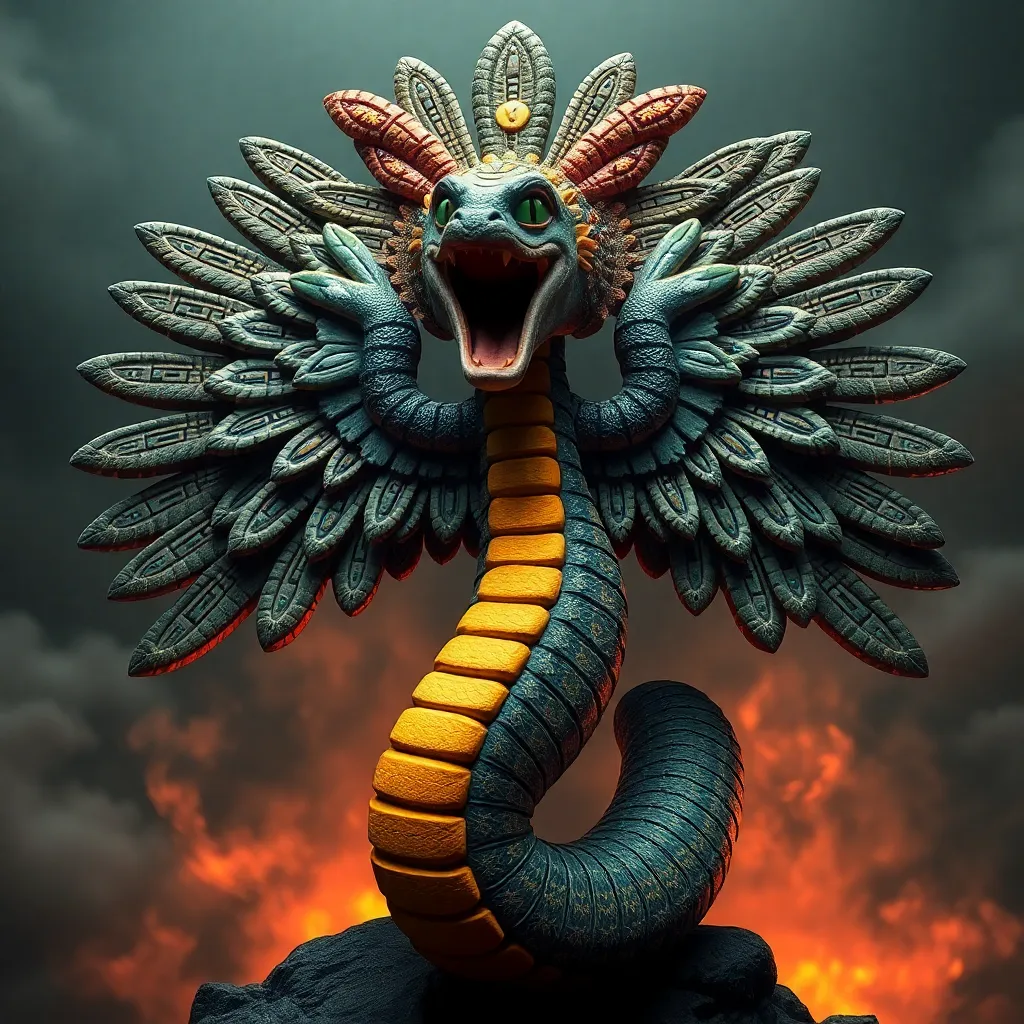The Huldra’s Significance: Understanding the Spirit’s Importance in Norwegian Culture
I. Introduction
The Huldra is a captivating figure in Norwegian folklore, often described as a beautiful woman with a cow’s tail. This mystical spirit is representative of the deep connection between nature and human existence, embodying the essence of the wild, untamed landscapes of Norway. In Norwegian tradition, the Huldra plays a multifaceted role, acting as both a protector and a trickster, which highlights the complex relationship between humanity and the natural world.
This article aims to explore the historical significance of the Huldra, her characteristics, her portrayal in folklore, and her cultural impact in contemporary Norway.
II. Historical Context of the Huldra
A. Origins of the Huldra in Scandinavian mythology
The Huldra’s origins can be traced back to ancient Scandinavian mythology, where she is often associated with the forest and mountains. She is believed to be a type of “skogsrå” or forest spirit, a being that governs over nature and wildlife. The Huldra’s presence in folklore reflects the reverence that early Norse cultures had for nature and the supernatural forces within it.
B. Evolution of the Huldra’s image over time
Over the centuries, the image of the Huldra has evolved. Initially depicted as a purely benevolent spirit, her character became more complex with the introduction of various narratives that portrayed her as a seductive figure who could lure men into the wilderness. This duality showcases how cultural perceptions of femininity and nature have shifted throughout history.
C. Influence of Christianity on traditional beliefs
The arrival of Christianity in Scandinavia brought significant changes to traditional beliefs. The Huldra, like many other pagan deities and spirits, was often demonized or reinterpreted within a Christian framework. Despite this, the Huldra has managed to retain a place in folklore, symbolizing the tension between pagan and Christian beliefs.
III. The Huldra’s Characteristics and Traits
A. Physical appearance and variations in folklore
In most tales, the Huldra is described as an enchanting woman with long hair, often depicted as green or golden, symbolizing her connection to nature. The most distinctive feature is her cow’s tail, which can sometimes be hidden under her skirts. Variations in her appearance exist, with some stories describing her as having a more animalistic form, emphasizing her wild nature.
B. Personality traits and behaviors
The Huldra is known for her dual nature: she can be both nurturing and vengeful. While she often helps lost travelers and protects nature, she can also lure men into the forest, leading them to their doom if they disrespect her or the natural world. Her unpredictable nature reflects the complexities of human relationships with nature.
C. Symbolism associated with the Huldra
The Huldra symbolizes femininity, sexuality, and the wildness of nature. She embodies the allure and danger that comes with the natural world, reflecting the human fascination with both beauty and fear. Furthermore, she serves as a reminder of the need to respect nature and its mysteries.
IV. The Huldra in Folklore and Mythology
A. Popular tales and narratives featuring the Huldra
Many popular tales feature the Huldra, often highlighting her role as a seductress. In one famous story, a young man who becomes enchanted by her beauty follows her into the forest, only to find himself lost and unable to return. Other narratives depict her as a benevolent figure who helps those in need, showcasing her protective nature over the wilderness.
B. The Huldra as a protector of nature and wildlife
In several tales, the Huldra is portrayed as a guardian of animals and the forest. She ensures the balance of nature, punishing those who harm wildlife or the environment. This protective aspect underscores her significance as a symbol of the natural world’s resilience and vulnerability.
C. The duality of the Huldra as both benevolent and malevolent
The Huldra’s duality is a central theme in her folklore. While she can be a nurturing figure, providing assistance to those who respect her, she can also become a vengeful spirit if wronged. This complexity mirrors the unpredictable aspects of nature itself, which can be both beautiful and dangerous.
V. Cultural Significance of the Huldra
A. The Huldra as a symbol of femininity and sexuality
The Huldra has often been interpreted as a symbol of femininity, sexuality, and the power of women. Her allure and ability to enchant men mirror historical views of women’s roles in society, making her a figure of both fascination and fear.
B. The representation of the Huldra in art and literature
Throughout the years, the Huldra has been depicted in various forms of art and literature, from paintings to poetry. These representations often emphasize her beauty and mystery, capturing the imagination of both artists and audiences alike.
C. The Huldra’s role in contemporary Norwegian identity
In modern Norway, the Huldra continues to be a significant cultural icon. She represents a link to Norway’s rich folklore and heritage, helping to foster a sense of national identity and pride in traditional stories.
VI. The Huldra in Modern Popular Culture
A. Portrayals in film, television, and literature
The Huldra has made appearances in various forms of media, including films, television shows, and novels. These portrayals often reinterpret her character, either emphasizing her seductive qualities or focusing on her role as a protector of nature.
B. Impact on tourism and cultural heritage in Norway
The fascination with the Huldra has contributed to cultural tourism in Norway. Many visitors are drawn to the stories and folklore surrounding this enigmatic spirit, leading to festivals and events that celebrate her legacy.
C. The Huldra as a subject of academic study
Academics have studied the Huldra as part of the broader context of Scandinavian folklore and its implications for understanding cultural identity, gender roles, and environmentalism. This scholarly interest highlights the Huldra’s relevance in contemporary discussions around mythology and cultural heritage.
VII. Rituals and Celebrations Involving the Huldra
A. Traditional customs related to the Huldra
Various customs have emerged around the Huldra, often involving rituals to appease her spirit. Such practices include offerings made in the woods or special ceremonies aimed at honoring nature and its spirits.
B. Festivals and events celebrating Huldra folklore
Festivals celebrating the Huldra and her stories are held in Norway, drawing both locals and tourists. These events often include storytelling, music, and dance, bringing the ancient tales to life.
C. The role of the Huldra in contemporary spiritual practices
Some contemporary spiritual practices in Norway incorporate the Huldra as a figure representing nature and femininity. These practices often emphasize the importance of living harmoniously with the natural world.
VIII. Conclusion
The Huldra remains a significant figure in Norwegian culture, embodying the complexities of nature, femininity, and folklore. Her enduring legacy serves as a reminder of the importance of preserving cultural traditions and stories that connect us to our past. As we continue to explore and celebrate the tales of the Huldra, we affirm the value of folklore in shaping contemporary identities and fostering a deeper respect for the natural world.
In conclusion, the Huldra’s importance transcends mere folklore; she is a symbol of the intricate relationship between humanity and nature, urging us to honor and protect the world around us.




